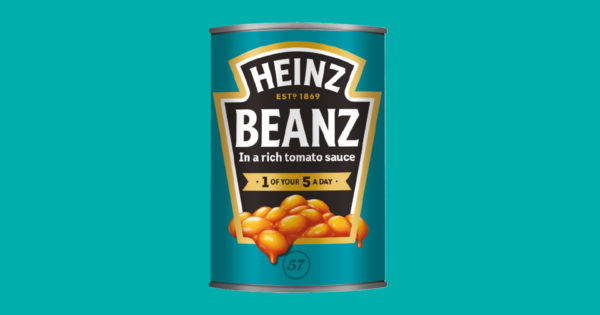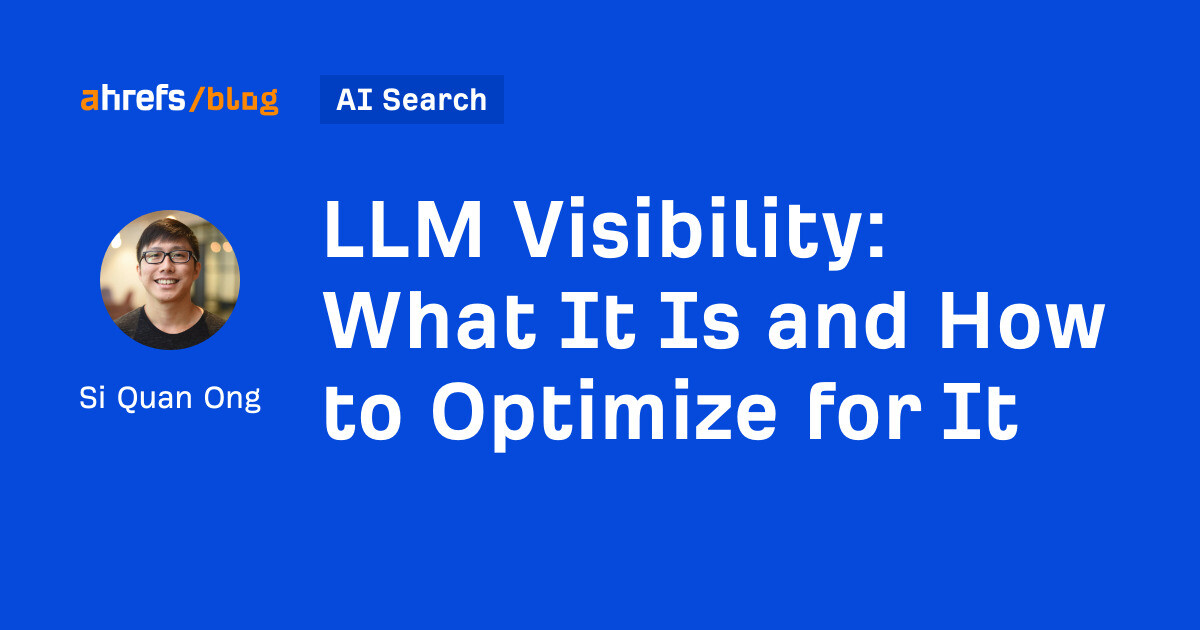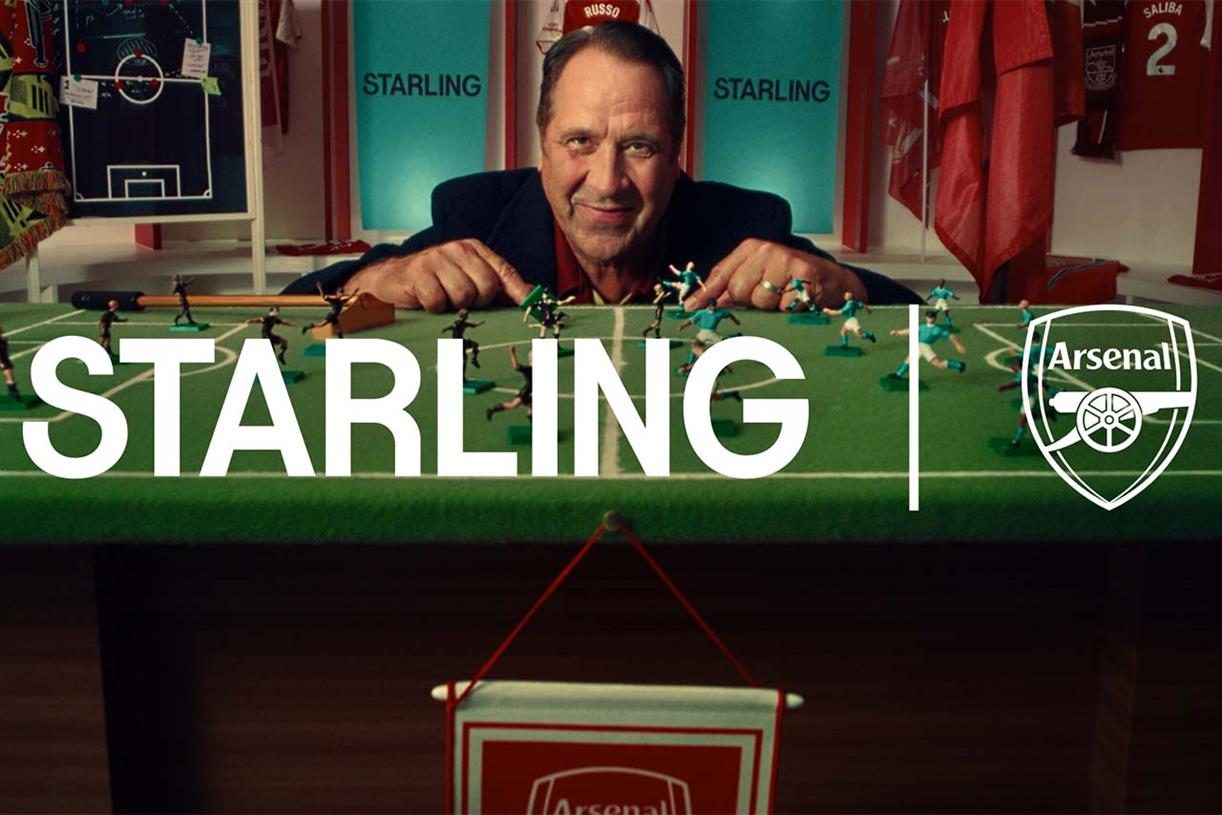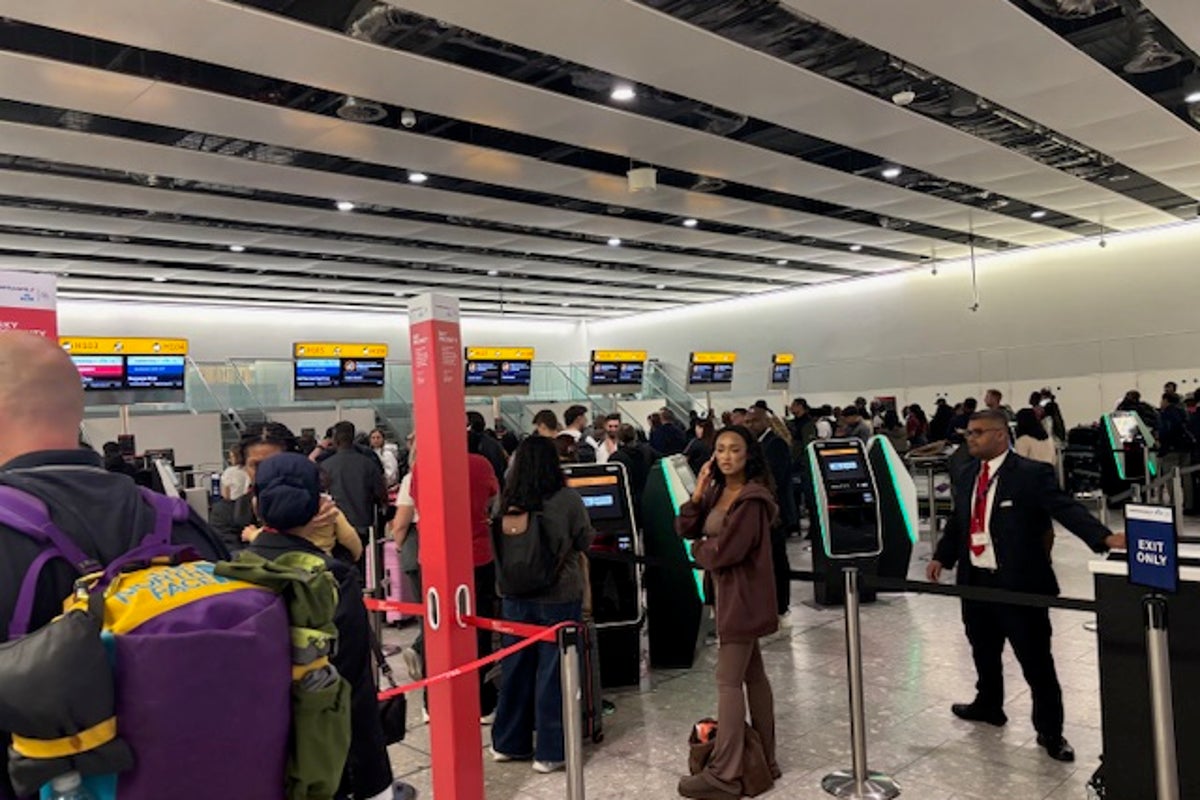Procter & Gamble hikes ad spending $453 million in latest strong sign for media
Upside surprises by Google and Meta—plus L'Oréal, Unilever, Verizon and T-Mobile reporting hikes—show media strength despite TV woes.

Procter & Gamble Co. hiked ad spending $453 million last quarter and produced healthy results that beat Wall Street expectations, including 8% organic sales growth and a return to volume growth in the U.S. for the first time in five quarters.
P&G joins several big marketers posting strong increases in marketing spending in earnings reports this week. Those included L’Oréal (spending up by 1 percentage point as a share of sales and close to $1 billion overall in the first half vs. a year ago, on 13% organic sales growth), Unilever (up 10% or more than $400 million in the first half on nearly 8% organic sales growth in the quarter despite losing share across most of its business), Kimberly-Clark Corp. (up 12% on 5% organic sales growth), Nestlé (up 7.5% for the quarter), and Hershey Co. (up nearly 15% on 5% organic growth).
That news comes as Meta and Google parent Alphabet both reported stronger-than-expected ad revenue growth, and a report from Tinuiti showed signs of a broad-based rebound in client spending on digital platforms and CTV and stronger CPMs. It also comes despite what’s been generally described as a weak TV upfront in the U.S., though some agency executives believe marketers that have been holding back for fear of a recession that hasn’t materialized may loosen their purse strings for scatter TV buys or other spending later in the year.
Also read: Microsoft ad spending tumbled 40% in latest fiscal year
Broader spending strength
The strength of packaged-goods advertiser spending also comes as big telecom advertisers Verizon and T-Mobile, which had been a significant drag on overall media spending, reported at least modest single-digit percentage increases in ad spending last quarter, said Brian Wieser, principal of the Madison and Wall consultancy. And while P&G’s increase comes in comparison to a quarter where it cut spending last year, the overall good news this quarter comes against tough comparisons to strong double-digit increases in ad spending in the U.S. last year.
Overall, it adds up to what’s looking like a mid-single-digit increase in ad spending for the full year, Wieser said, despite troubles for TV with a weak upfront and an apparent acceleration in cord cutting by cable subscribers last quarter.
TV networks, he said, are still likely to be under pressure not only from cord cutting but due to their reliance on an upfront selling model at a time when economists often still predict recession, but keep pushing predictions back by a quarter. “There are still a lot of people reluctant to make even medium-term commitments,” Wieser said.
More news: The ad implications of the SAG-AFTRA strike
Behind P&G’s spending hike
P&G’s quarterly spending hike in its fiscal fourth quarter ended June 30 comes in comparison to a year earlier, when it cut spending in its fiscal fourth quarter in the face of price hikes that were lagging cost inflation.
That spending restraint continued into the early part of the latest fiscal year, but the company began increasing year-over-year spending again in the fiscal third quarter ended in March.
In a media briefing on Friday, Chief Financial Officer Andre Schulten said that while P&G’s ad spending rose $453 million in the quarter, it was up only $123 million for the full fiscal year, which was roughly flat as a percent of sales.
Analysts and agency executives often see a big hike in fourth-quarter marketing spending as a strong indicator of health, given that it indicates plenty of budget left to spend because things went better than expected. But Schulten disputed that notion.
“Our decision to spend on advertising, on media, is not driven by what’s left in the budget,” Schulten said. “It’s really driven by return on investment that we can generate, and it’s heavily influenced by launch timing of new initiatives. It’s heavily influenced by retail events and promotions that we accompany with strong communication around the world.”
P&G’s unit volume, which like most competitors has turned negative in the face of price hikes over the past year, improved last quarter in the U.S. as most of those price hikes passed their anniversaries. Globally, P&G’s volume was down 1%, but in the U.S. volume rose 3% with a 6% increase in sales driven also by price and more premium product mix.
Into next year, P&G expects a more normal breakdown of volume, sales and price across its categories (including competitors), Schulten said on the media call, with organic sales up 4% on a 1% to 1.5% increase in volume and 1% to 1.5% increase in price.
P&G earned $1.37 per share, topping analyst expectations from Zack’s Investment Research of $1.32, and revenue of $20.6 billion exceeded expectations of under $20 billion. Its stock was up 3.2% in midday trading.
Retail media gets thumbs up
P&G executives provided a strong if measured endorsement of retail media as part of its plans going forward.
“Customer media is part of the total mix,” Schulten said during the question-and-answer session of the company’s investor call on Friday. “Just like any other channel, retailer media has to earn its place in our marketing-mix model based on the relative return it can provide.” Brand teams collaborating closely with customer [sales] teams make the decisions on retail media, he said.
Jon Moeller, P&G’s president and CEO, followed with a fairly hearty endorsement of retailer media.
“I like generally the concept of retailer media, managed just the way that Andre described it,” he said, “because I just generally believe that the majority of brand choice is made in a retail environment. … I think less brand choice is made sitting on a couch or even driving in a car on the way to a retail establishment.”

 ShanonG
ShanonG 































